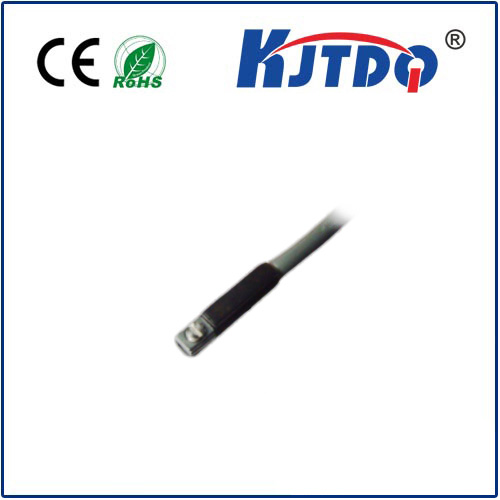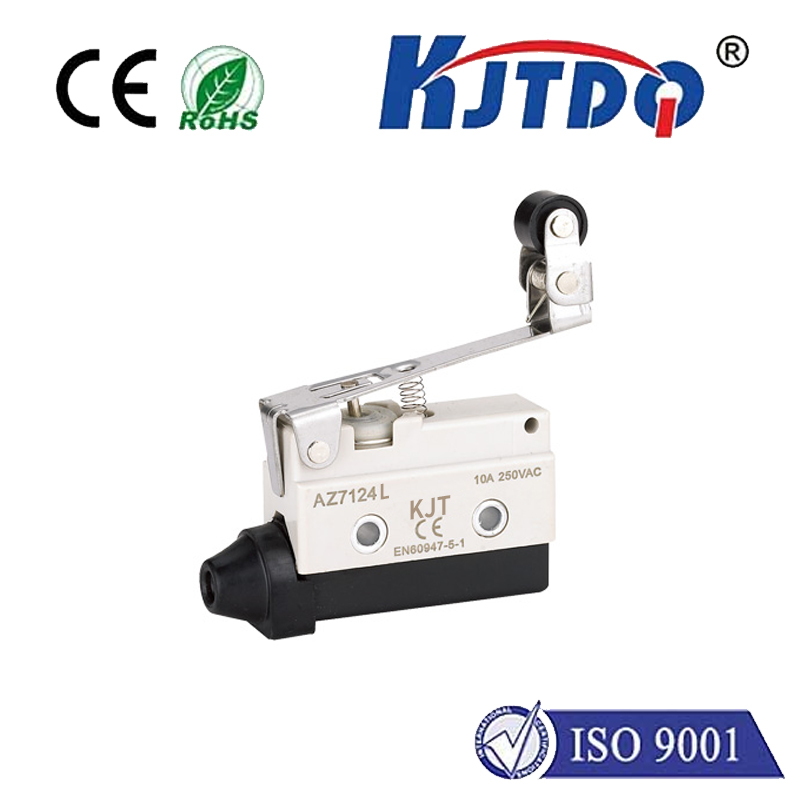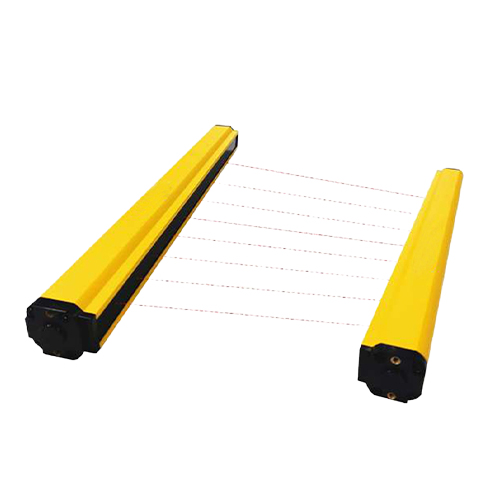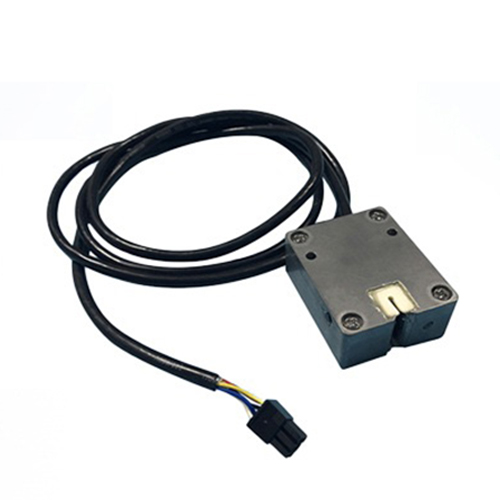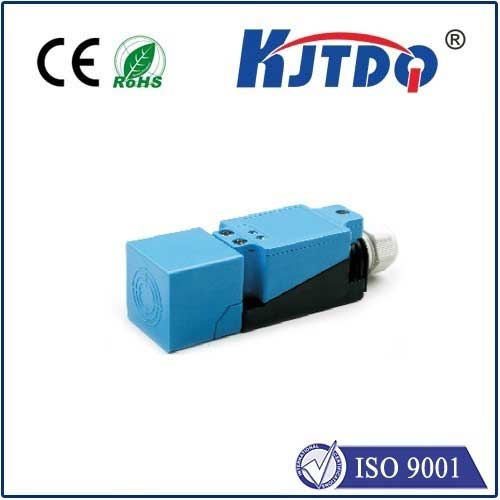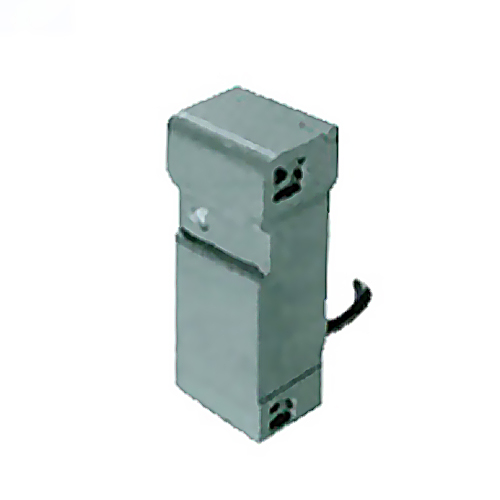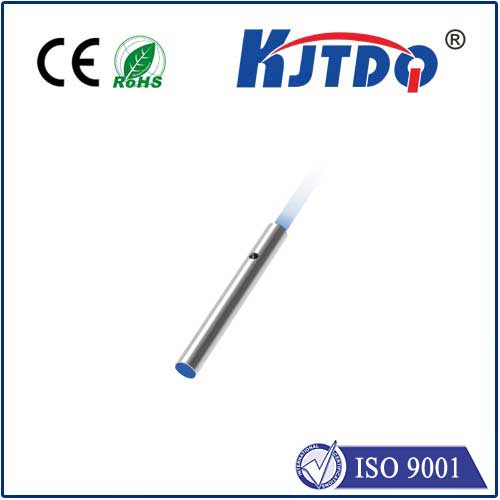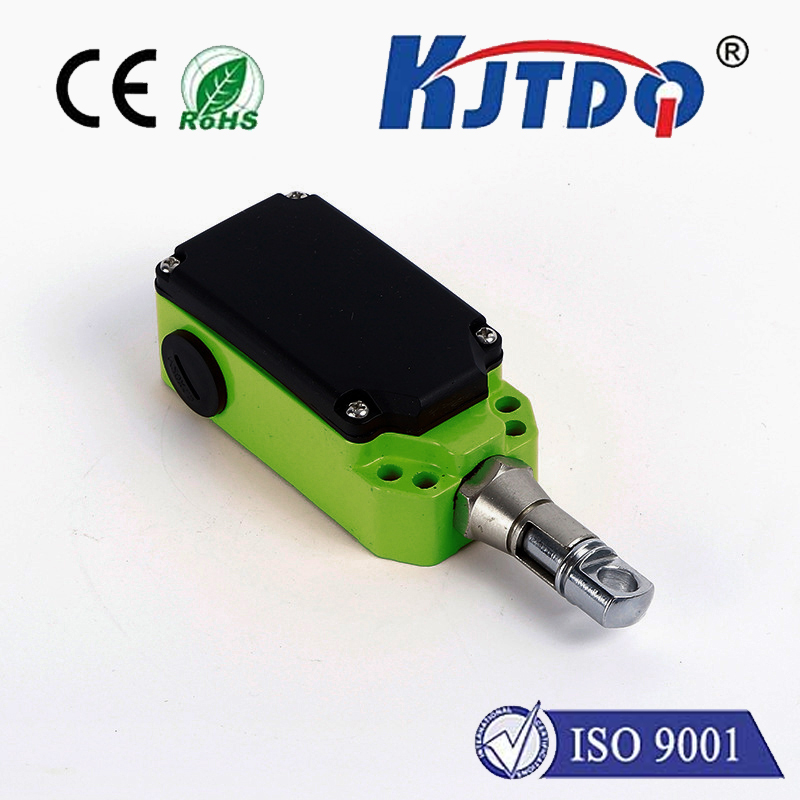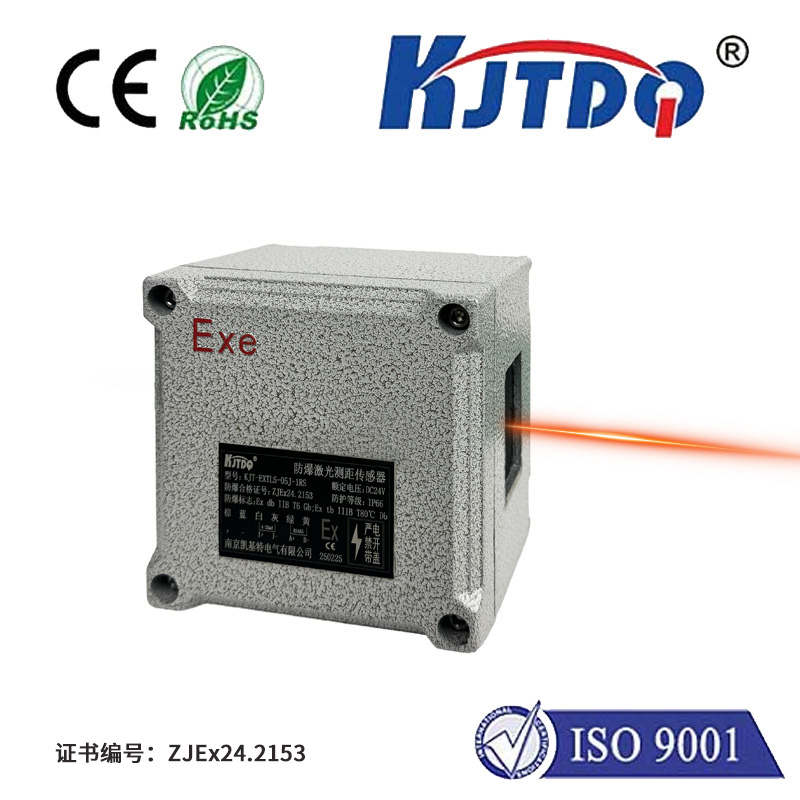

check

check

check

check

check

check

check

check

check

check

Title: The Rectangular Photoelectric Sensor: A Versatile Tool for Modern Technology In the realm of modern technology, the rectangular photoelectric sensor stands out as a versatile and indispensable tool. This device, characterized by its unique shape and functionality, has found广泛应用 in various fields, from industrial automation to healthcare. This article delves into the workings, applications, and advantages of the rectangular photoelectric sensor, highlighting its significance in our everyday lives. The rectangular photoelectric sensor operates based on the principle of detecting changes in light intensity. It consists of two main components: a light-emitting diode (LED) and a photodiode or phototransistor. The LED emits a beam of light that is either reflected or transmitted to the photodiode. When an object passes through the path of this beam, it disrupts the light’s passage, causing a change in the amount of light received by the photodiode. This variation in light intensity is then converted into an electrical signal, which can be processed and analyzed for various purposes. One of the key features that set the rectangular photoelectric sensor apart from other types of sensors is its shape. The rectangular design allows for easy installation and alignment, making it ideal for use in confined spaces or areas with limited clearance. Additionally, the large surface area of the rectangular sensor enables it to detect even small objects with high accuracy, ensuring reliable performance in critical applications. The applications of the rectangular photoelectric sensor are extensive, spanning across multiple industries. In manufacturing, these sensors are used for object counting, presence detection, and color sorting. They play a crucial role in automating processes, improving efficiency, and reducing human error. In healthcare, rectangular photoelectric sensors are employed in medical diagnostic equipment, such as blood analyzers and urinalysis systems, where they help in accurately measuring physiological parameters. Furthermore, the rectangular photoelectric sensor has gained popularity in security systems, where it is used for motion detection and alarm triggering. Its ability to detect movement with precision makes it an essential component in ensuring the safety and security of premises. Additionally, these sensors are finding increasing application in environmental monitoring, where they help in detecting changes in air quality, temperature, and humidity levels. The advantages of the rectangular photoelectric sensor are manifold. Firstly, its versatility allows it to be used in a wide range of applications, making it a cost-effective solution for various industries. Secondly, its compact size and ease of installation make it suitable for use in limited spaces, reducing the need for complex wiring and infrastructure. Thirdly, the rectangular sensor offers high accuracy and reliability, ensuring consistent performance even under challenging conditions. In conclusion, the rectangular photoelectric sensor is a vital tool in modern technology, offering a range of benefits and applications that have transformed various industries. Its unique shape, combined with its ability to detect changes in light intensity with high precision, makes it an indispensable instrument in automation, healthcare, security, and environmental monitoring. As technology continues to advance, we can expect the rectangular photoelectric sensor to play an even more significant role in shaping our future.
